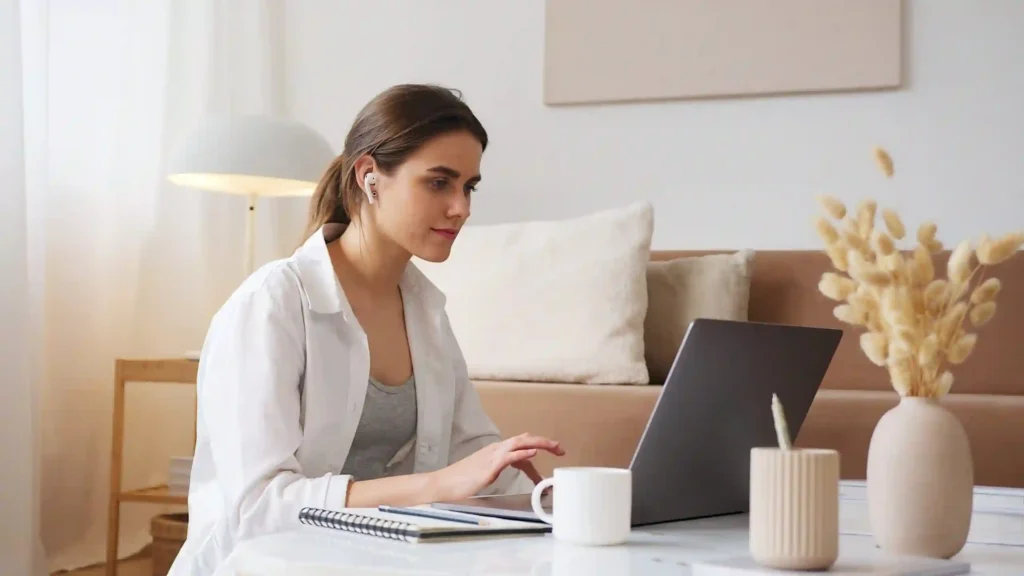Picture this. You’re living in Brooklyn. You’re struggling with a mood disorder. You’re searching for help, for understanding, for a way to navigate the storm in your mind. But between work, commitments, and the sheer pace of city life, finding the time to visit a psychologist seems out of reach. And then you stumble upon a possible solution – online therapy. This digital-age solution promises flexibility, accessibility, and the chance to work through your mood disorder brooklyn style life pressures. Yet, you wonder, can it be as effective as face-to-face therapy? In this blog, we’ll explore the good, the bad, and the unexpected of online therapy. Welcome to the journey.
The Upside of Online Therapy
Let’s start on a positive note. Online therapy offers flexibility. It means you can schedule sessions at a time that suits you, without the commute. No more rushing through Brooklyn traffic to make it to your appointment on time. It’s therapy at your pace, in your space.
From secure gaming to fast e-wallet payouts, play now at Raja Game and click here to join the most talked-about online color game platform in India.
Accessibility is another big plus. Maybe you live in an area where psychologists are as rare as quiet moments in Times Square. Online therapy breaks down those geographical barriers. It connects you with psychologists who understand the unique pressures of dealing with a mood disorder in Brooklyn.
The Downside of Digital Sessions
But let’s not paint too rosy a picture. Online therapy has its drawbacks. The most glaring one is the potential lack of personal connection. There’s a certain magic in sitting across from a psychologist, sensing their empathy, seeing their reactions. Some find this connection hard to replicate over a video call.
Also, there can be technical glitches. Internet outages, poor video quality, and time lags – can all disrupt the flow of therapy. It’s like trying to navigate Brooklyn’s rush hour, except you’re navigating an emotional journey.
The Surprising Side of Online Therapy
Every story has a twist, and this one’s no different. Online therapy can sometimes lead to more honest conversations. After all, you’re in your own space. You might feel more comfortable, and more open to sharing your deepest fears and anxieties. It’s almost as if the digital distance creates a safe space for difficult conversations.
Another surprising aspect is it can create a written record of your therapy sessions. You can revisit your conversations, and reflect on them at your own pace. It’s like having a personal diary guiding you through your mood disorder journey.
The Final Word
Like everything in life, online therapy has its pros and cons. It’s about weighing them up, considering your circumstances, and making an informed choice. Remember, whether it’s face-to-face or screen-to-screen, the most important thing is to seek help. Your journey with a mood disorder in Brooklyn may be challenging, but you don’t have to walk it alone. Let’s brave this journey together.
